CASE STUDY
Broad River Retail’s AILPE
Executive Summary
Broad River Retail operates over 34+ stores across North Carolina, South Carolina, and Augusta, GA. Weekend foot traffic and sales often vary significantly from store to store. The AI Localized Promotion Engine was designed to automatically detect underperforming stores mid-week and launch geo-targeted, weekend-only online ad campaigns — without requiring manual campaign setup.
The system integrates store performance data (door count and written sales), uses machine learning to determine intervention needs, and orchestrates campaigns across Google and Meta Ads. It delivers measurable results in reduced operational time, improved targeting, and substantial weekend sales lift.
The Challenge
Our regional footprint meant we couldn’t rely on a one-size-fits-all promotional strategy. Traditionally, identifying and addressing underperforming stores involved:
Manually pulling and analyzing performance data.
Deciding on promotions by store.
Building and launching ads manually.
This was slow, resource-intensive, and not scalable. We needed an automated, data-driven system that could run consistently across all markets and give teams more time to focus on strategy.
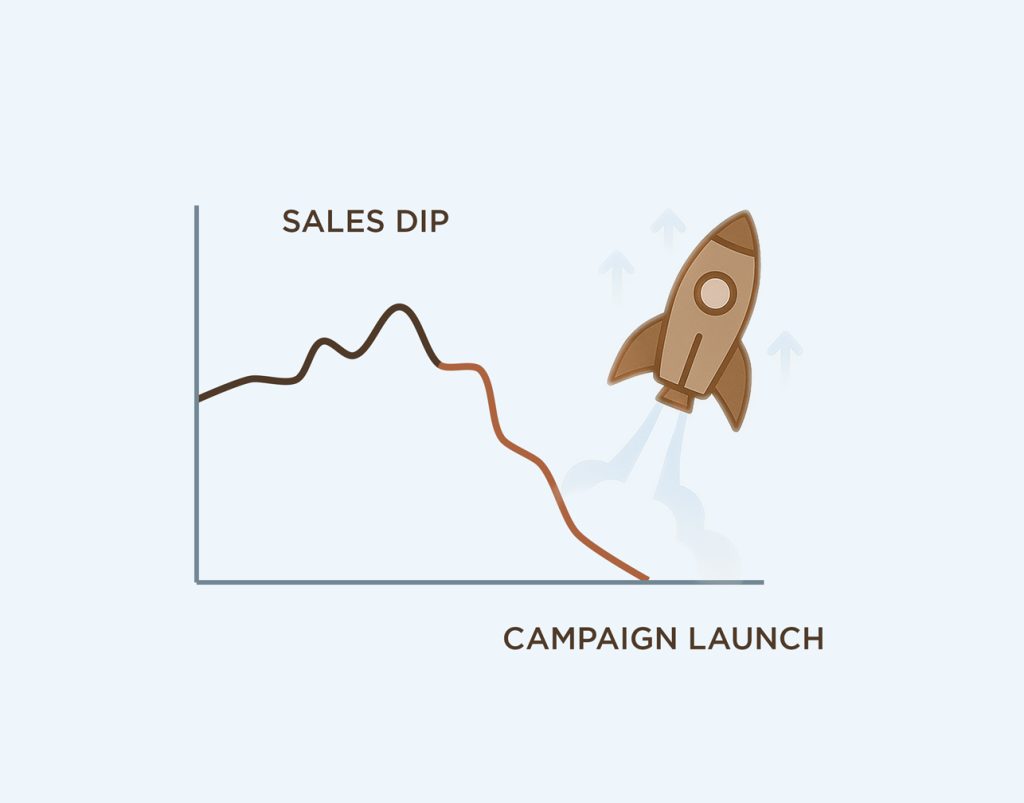
Project Goals
Our goal was to design a system that could:
Automate Detection – Flag underperforming stores mid-week using door count and written sales metrics.
AI-Powered Campaign Creation – Auto-generate budgets, audiences, creatives, and schedules.
Drive In-Store Impact – Ensure campaigns are tuned for local store performance, not generic regional averages.
Maintain Brand Safety – Build policy guardrails, approval workflows, and audit logs.
Free Up Team Time – Remove repetitive manual steps across Marketing, IT, and Store Ops.
Non-Goals
Driving pure e-commerce sales.
Creating long-term brand campaigns (the focus is on short, tactical lifts).
My Role & Contributions
Role: Product Designer (Systems UX & Cross-Functional Orchestration)
Collaboration: Worked with:
Data Science – Defined model inputs/outputs and scoring logic.
IT & Development – Established data contracts and API connections.
Marketing – Created creative templates and campaign parameters.
Sales & Store Ops – Validated store performance signals.
Warehouse & Delivery Teams – Ensured promos aligned with inventory and delivery capabilities.
Key contributions:
Designed orchestration flows for campaign automation.
Created guardrail and exception workflows for brand safety.
Built high-fidelity dashboard designs for control, monitoring, and exception handling.
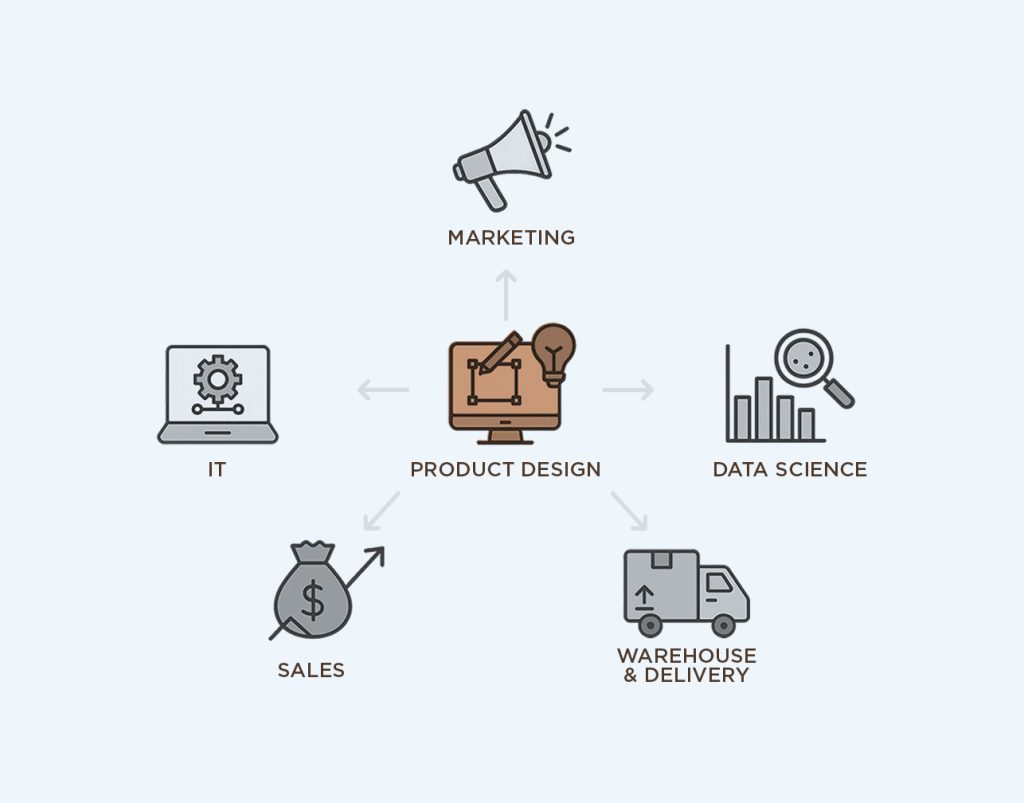
Key Design Artifacts & Interfaces
a) Program Control Panel
Portfolio view of all stores with live performance risk flags.
Preview of weekend campaign plan.
Budget and guardrail status tracking.
b) Exception Review Workflow
Human-in-the-loop approvals for flagged campaigns.
One-click approve or override, with reason logging.
c) Live Operations Dashboard
Real-time spend pacing, reach, impressions, and local engagement.
Door count and sales data feed back in during the weekend.
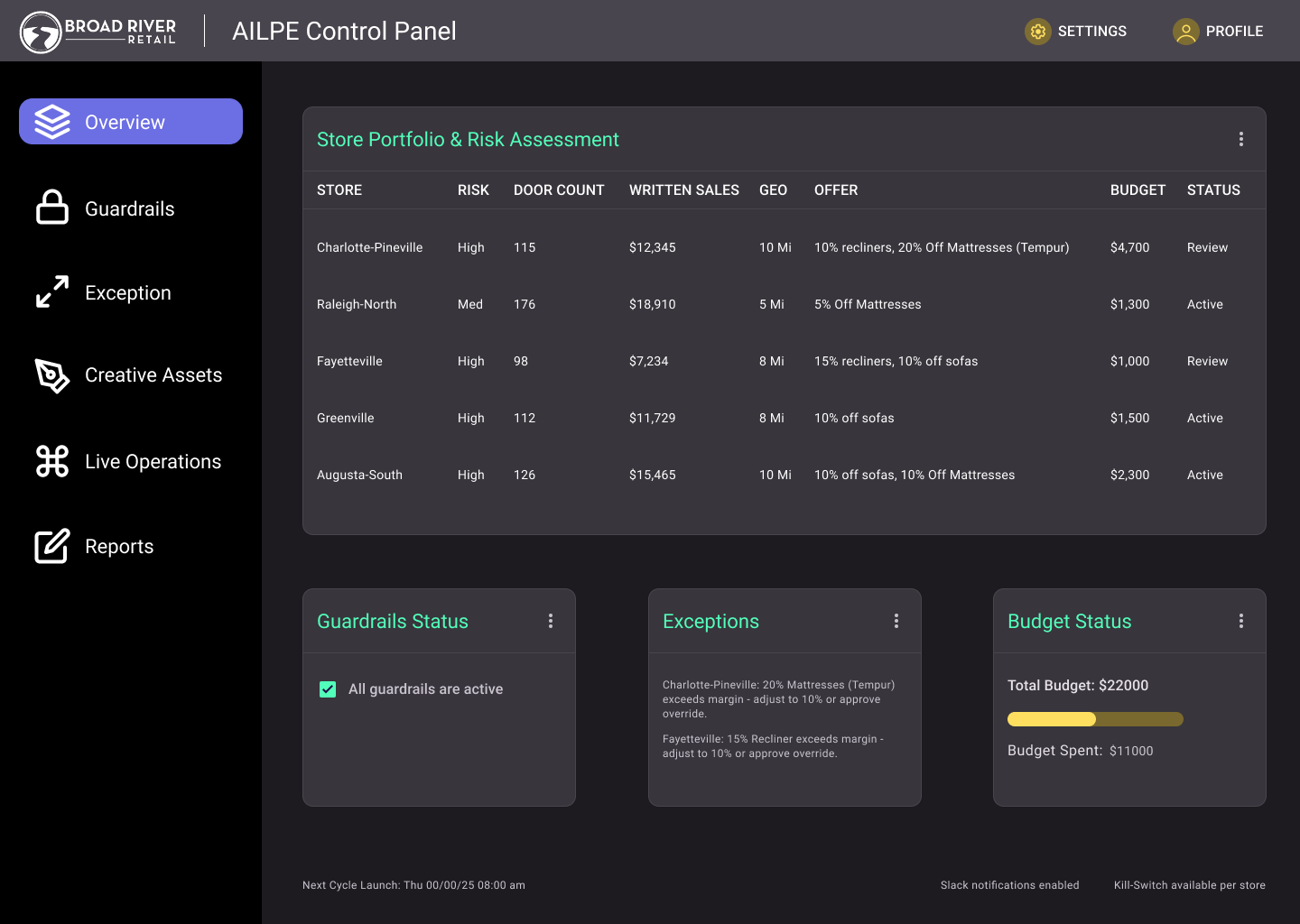
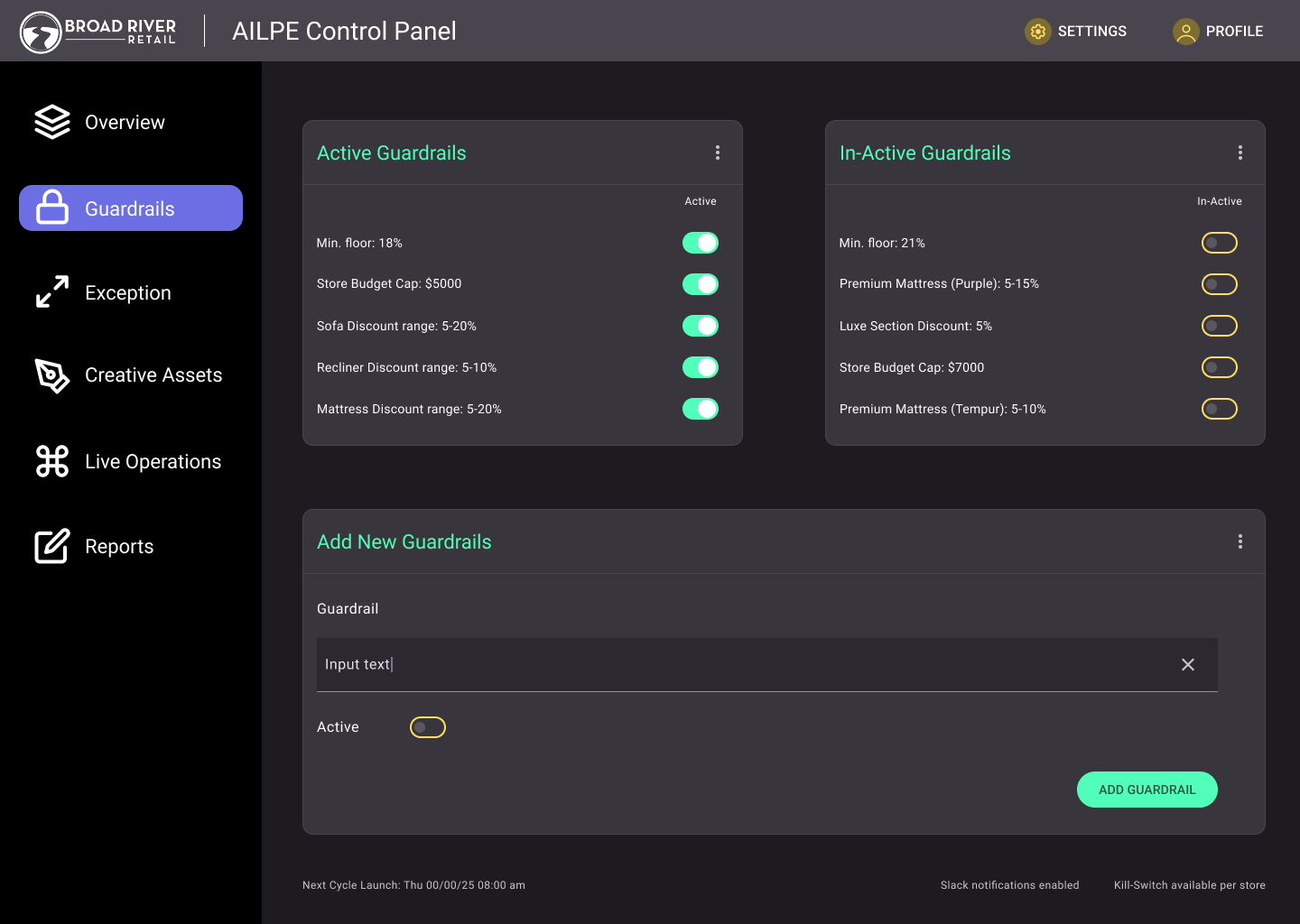
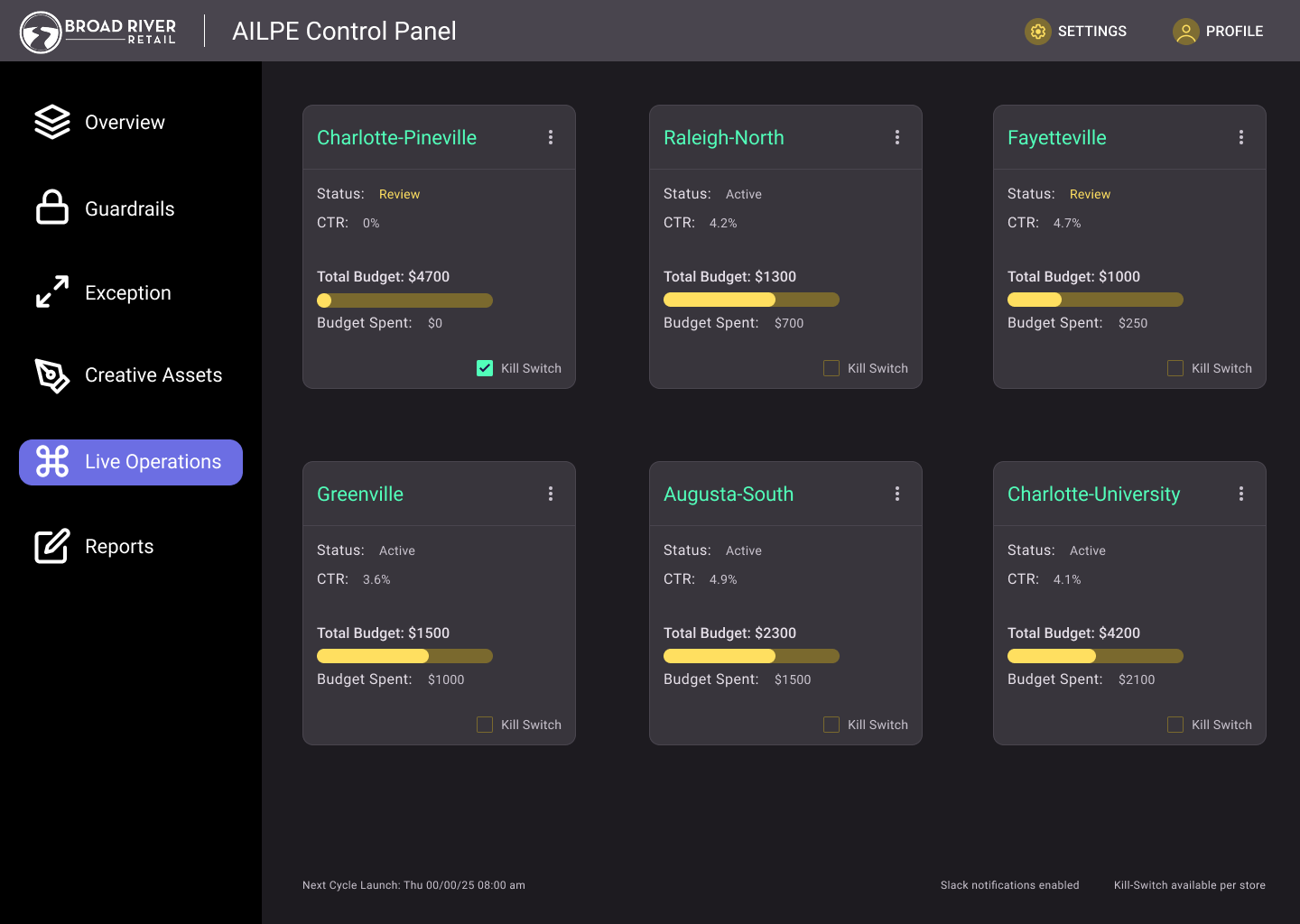
System Architecture & End-to-End Flow
System Architecture
Data Inputs: Door count, written sales, inventory, CRM/CDP data.
ML Models: Underperformance detection, offer selection, audience/budget allocation.
Campaign Orchestrator: Auto-launches campaigns to Google & Meta Ads using pre-approved creative templates.
Attribution & Feedback Loop: Store-level weekend performance feeds back for model tuning.
Weekend Flow:
- Thursday AM: Store performance data refresh.
- AI Scoring: System flags stores below performance threshold.
- Policy Check: Guardrails validate campaigns; exceptions routed to review.
- Auto-Launch: Approved campaigns go live Thursday afternoon.
- Weekend Monitoring: Live dashboard tracks reach, spend pacing, engagement.
- Monday: Post-campaign report shows weekend lift and ROAS per store.
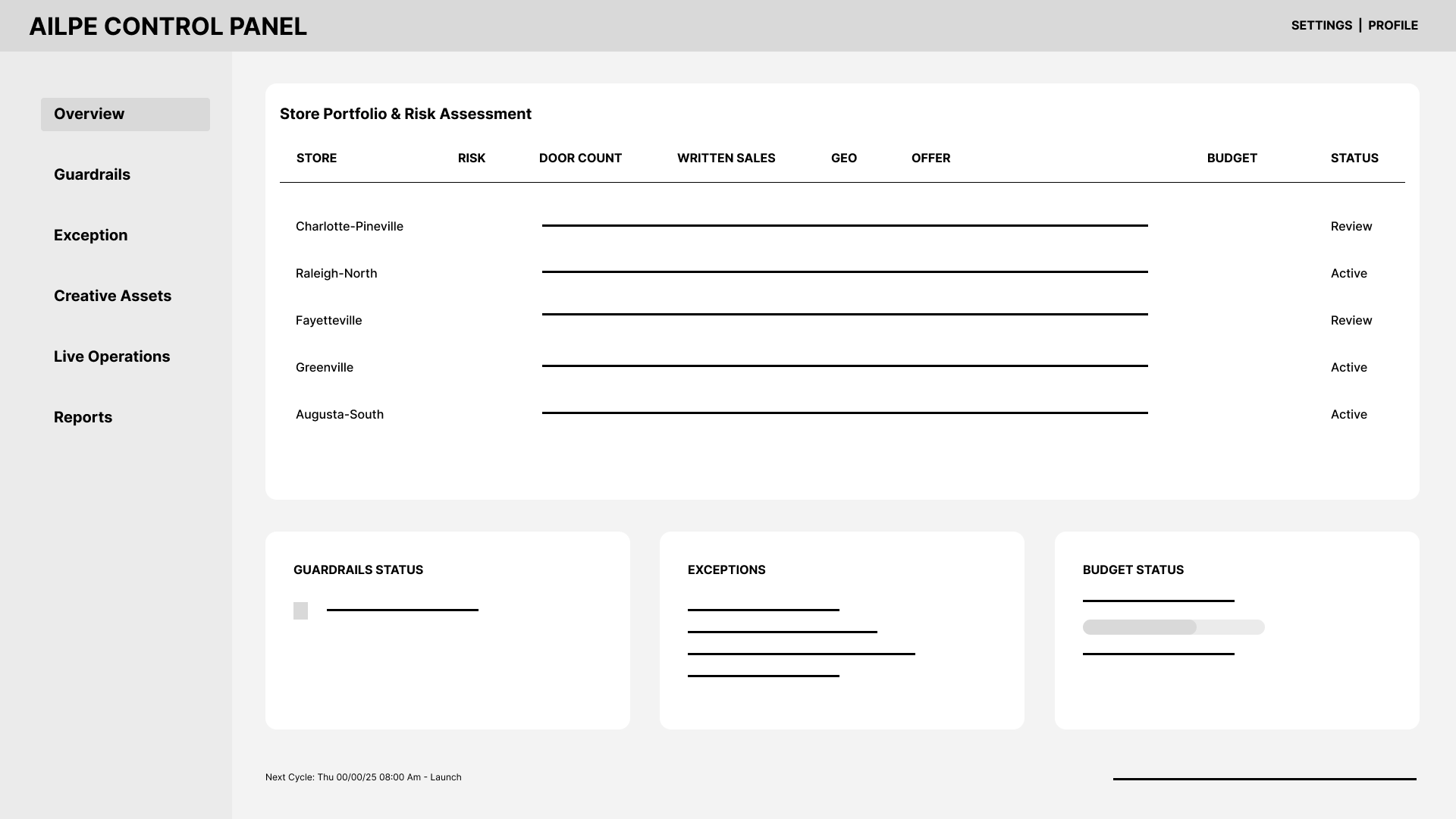
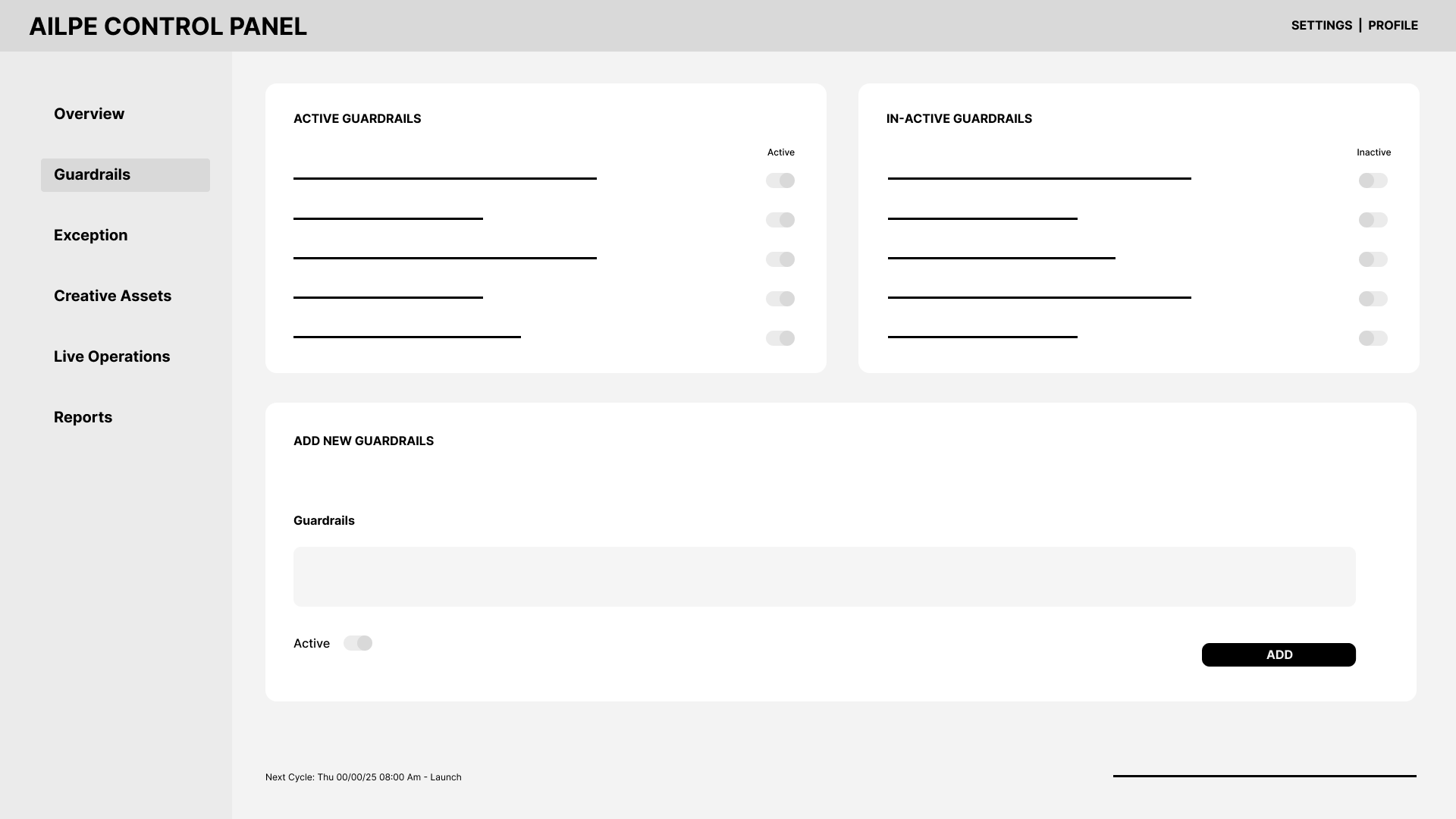
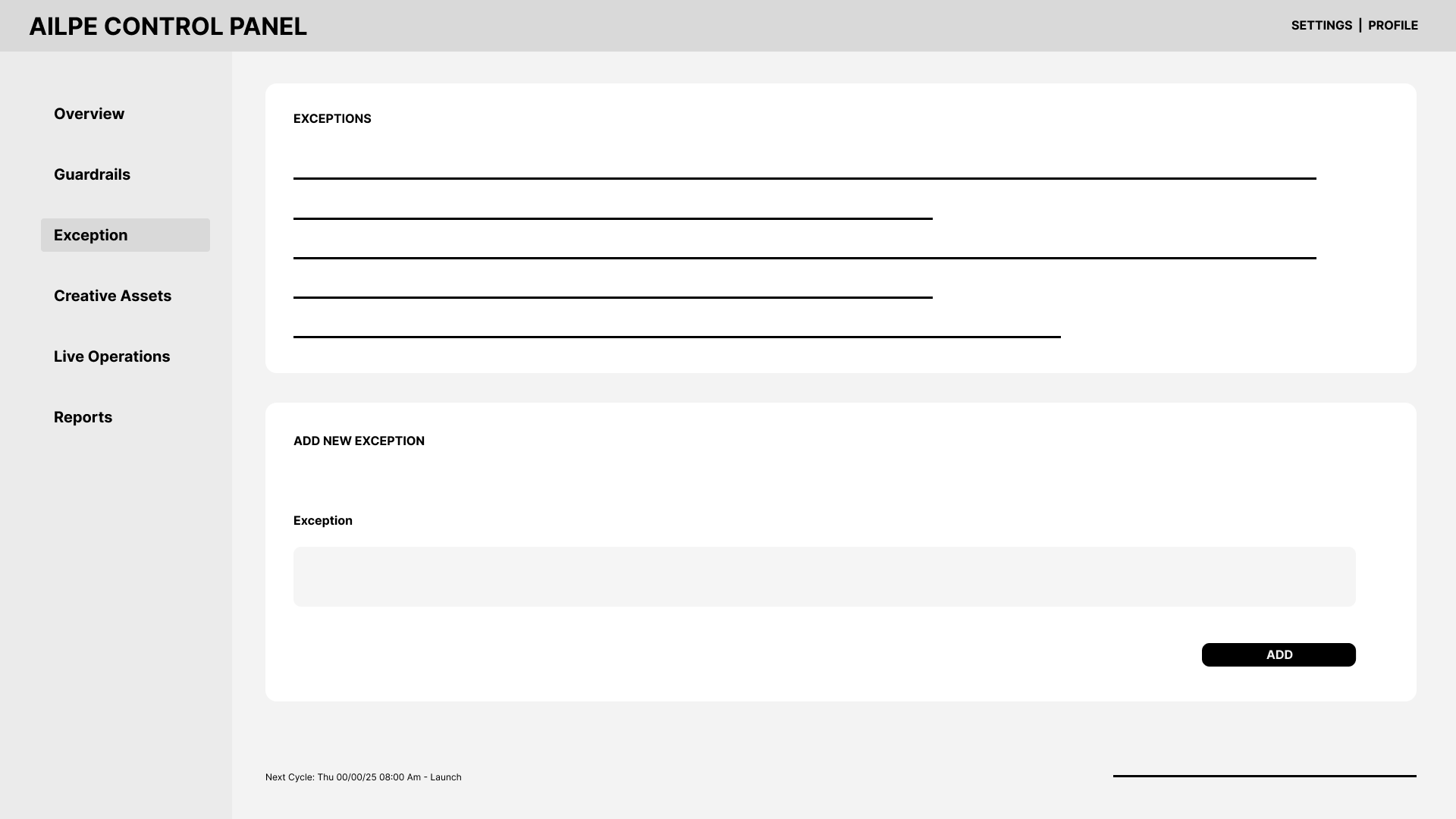
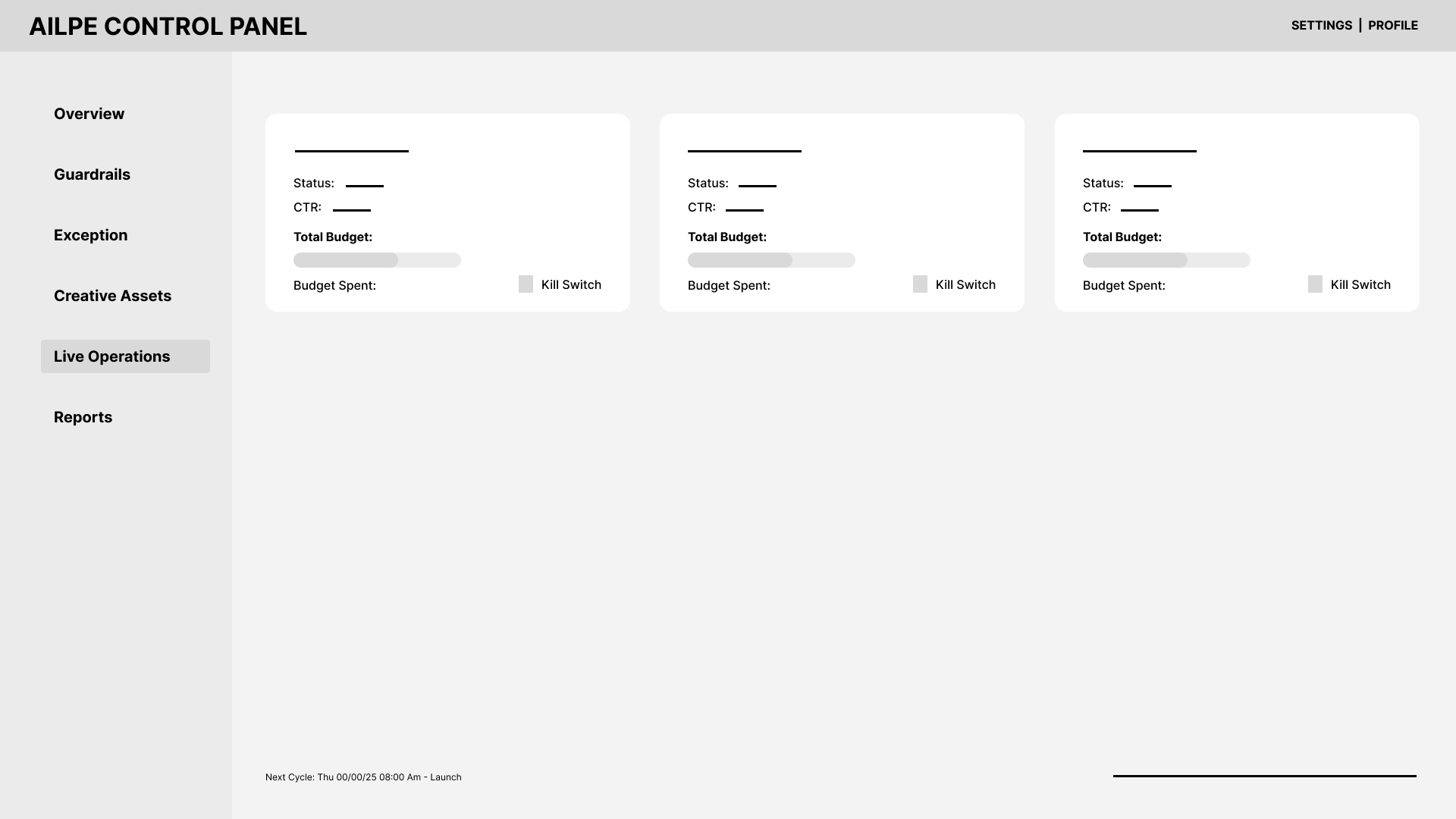
Outcomes & Measurable Impact
This system was designed to deliver tangible business results:
88% reduction in manual time for campaign setup and launch.
47% to 113% increase in weekend sales for targeted underperforming stores.
Increased operational consistency across 34+ stores in 3 states.
Freed up marketing and operations teams to focus on higher-value strategic work.
Key Learnings & Next Steps
Learnings:
Localized AI-driven interventions outperform broad campaigns in retail.
Human-in-the-loop review ensures both speed and brand safety.
Cross-functional buy-in is critical for adoption at scale.
Next Steps:
Add predictive seasonal adjustments.
Integrate weather and local event data into model inputs.
Expand to weekday interventions for mid-week slowdowns.

